Henry Kissinger: A life in pictures
The death of Kissinger, hailed by many as the architect of American foreign policy, was announced on Wednesday. Andrea Blanco and Ariana Baio report

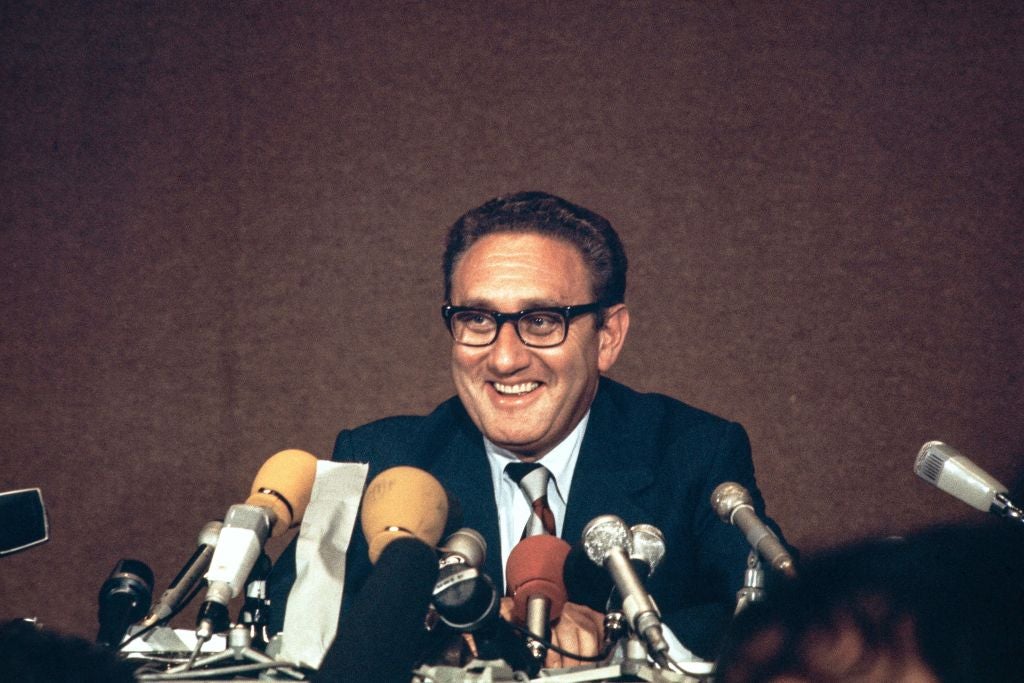
Henry Kissinger, the polarising secretary of state who served under the Nixon and Ford administrations, has died at age 100.
He passed away at home in Connecticut of unspecified causes, his consulting firm Kissinger Associates announced on Wednesday.
Kissinger, hailed by many as the architect of American foreign policy, served as secretary of state and national security adviser to presidents Richard Nixon and Gerald Ford between 1969 and 1977.
The diplomat helped negotiate an end to the US role in Vietnam, guided a rapprochement with China and facilitated arms control agreements with the Soviet Union at the height of the Cold War.
He went on to maintain close relationships with the White House through 11 different administrations.
Kissinger leaves behind a complicated legacy, seen at times as a master of global politics and criticised for his orchestration of the secret carpet-bombing of neutral Cambodia during the Vietnam War in the late 1960s and early 1970s.
Kissinger is survived by his wife, Nancy Maginnes Kissinger, two children, and five grandchildren. He will be interred at a private family service, with a public memorial planned at a later date in New York City.
1. Kissinger serves in World War II
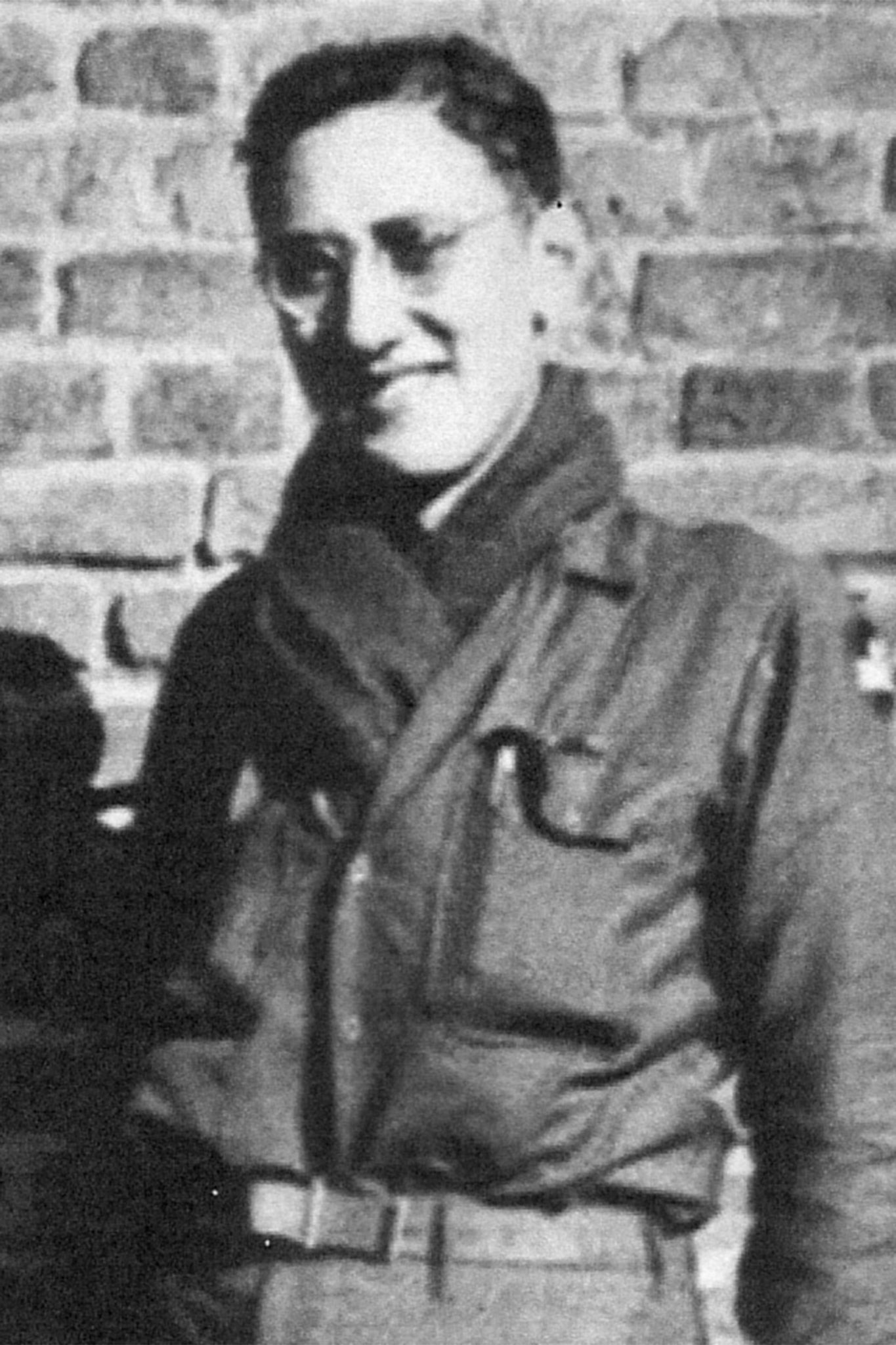
Kissinger was born on 27 May 1923 to a Jewish family in Furth, Bavaria. Just weeks before the Night of Broken Glass, a 15-year-old Kissinger and his family fled Germany to avoid Nazi prosecution.
They settled in New York City and years later, in 1943, the would-be diplomat became a naturalised US citizen while stationed with the Army in South Carolina.
Kissinger went on to serve in World War II. He was assigned to the military intelligence section of the 84th, volunteered for hazardous duty during the Battle of the Bulge and was later reassigned to the Counter Intelligence Corps, per the Warfare History Network.
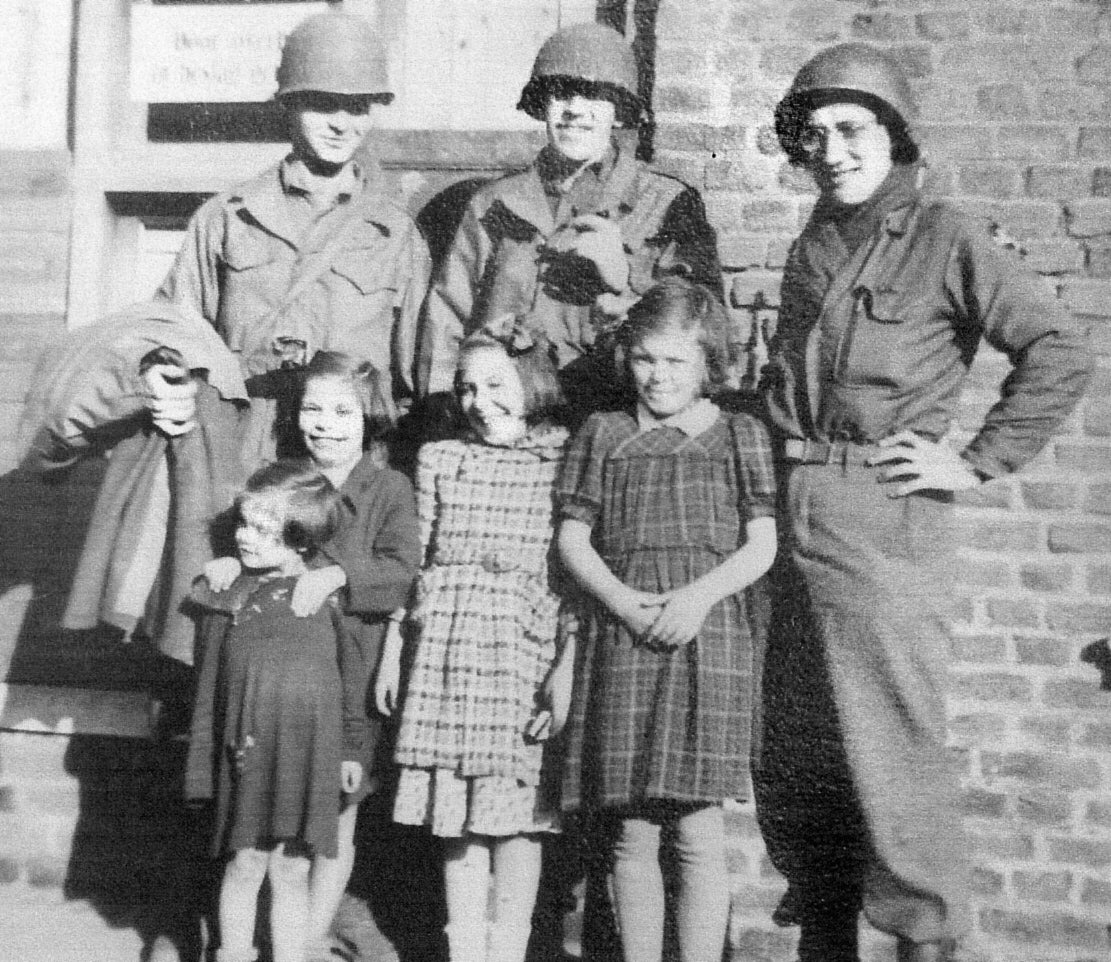
2. Kissinger’s political career is born at Harvard
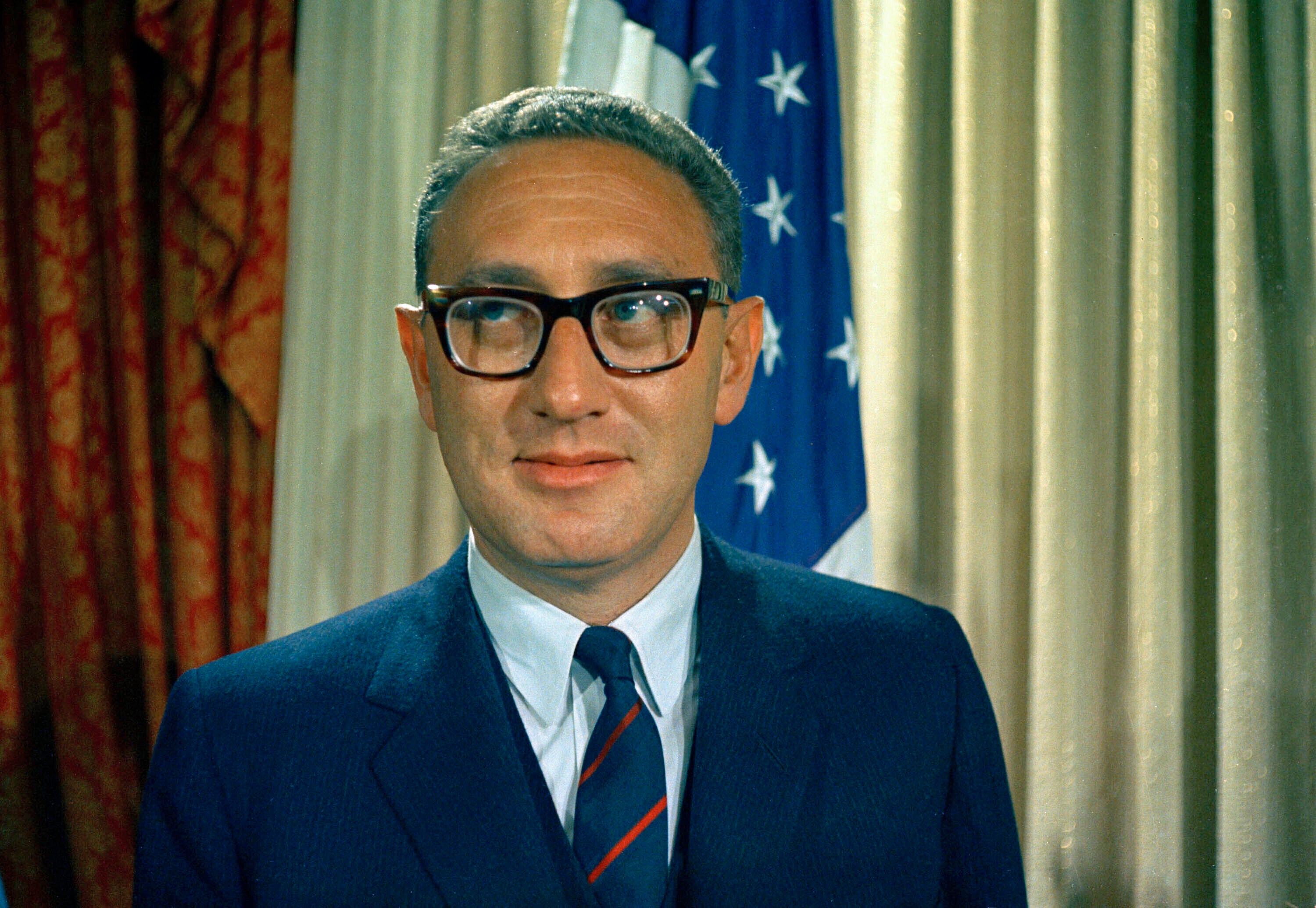
Following a career in the military, Kissinger studied political science at Harvard. After earning his degree in 1950, he worked in the prestigious university’s Department of Government and was the head of the Harvard International Seminar between 1951 and 1971.
3. Kissinger arrives in Washington
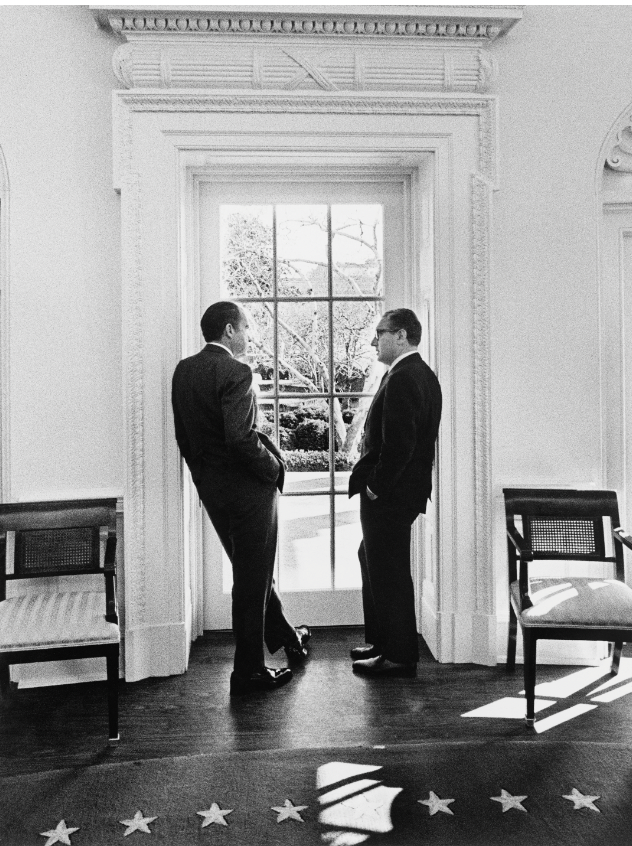
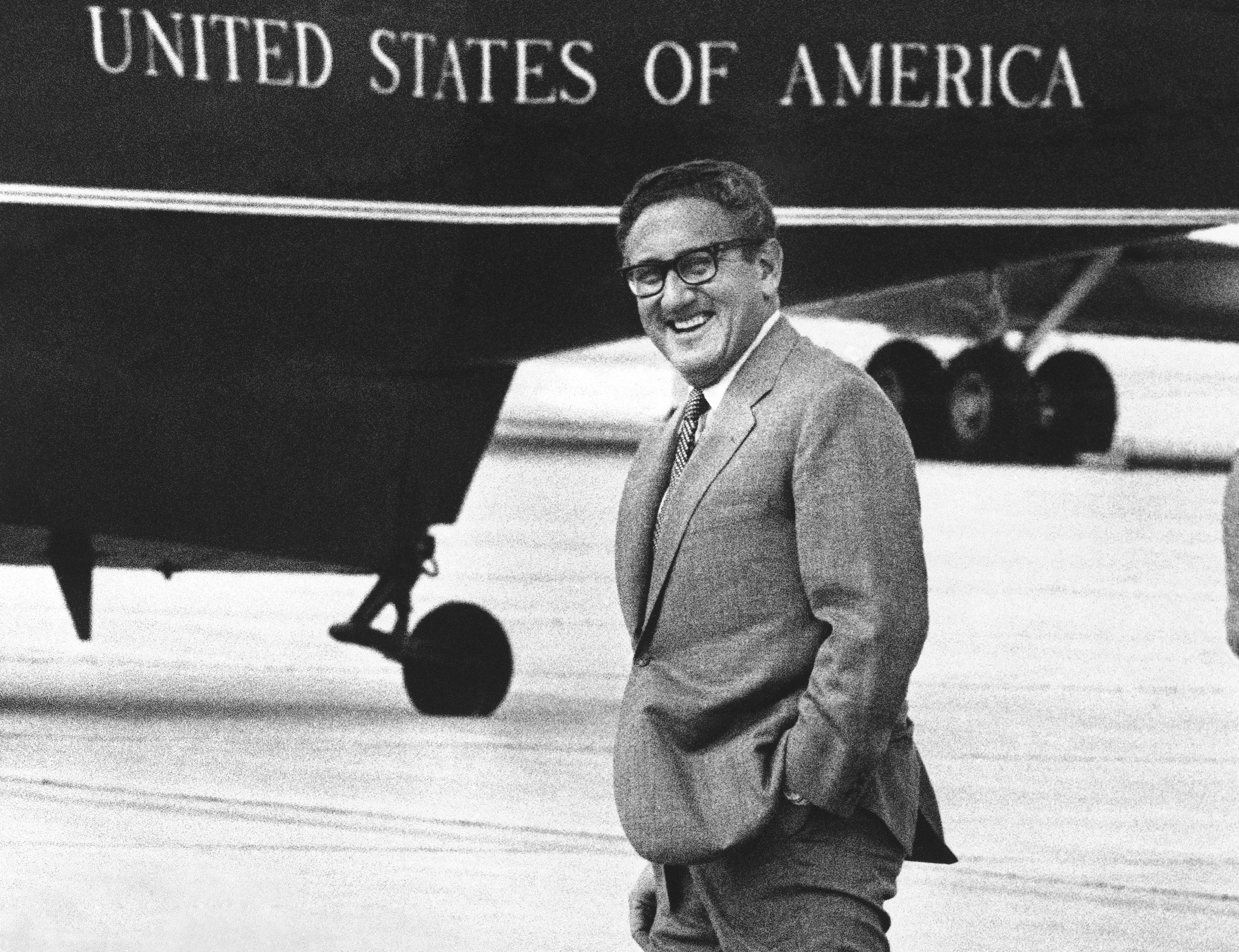
Kissinger was appointed as national security adviser when president Nixon took office on 20 January 1969.
Kissinger was then appointed as secretary of state in 1973 and held the two positions until he was removed as national security adviser by President Ford in 1975. He remained the country’s national security adviser until 1977.
4. Kissinger supports US bombing of Cambodia
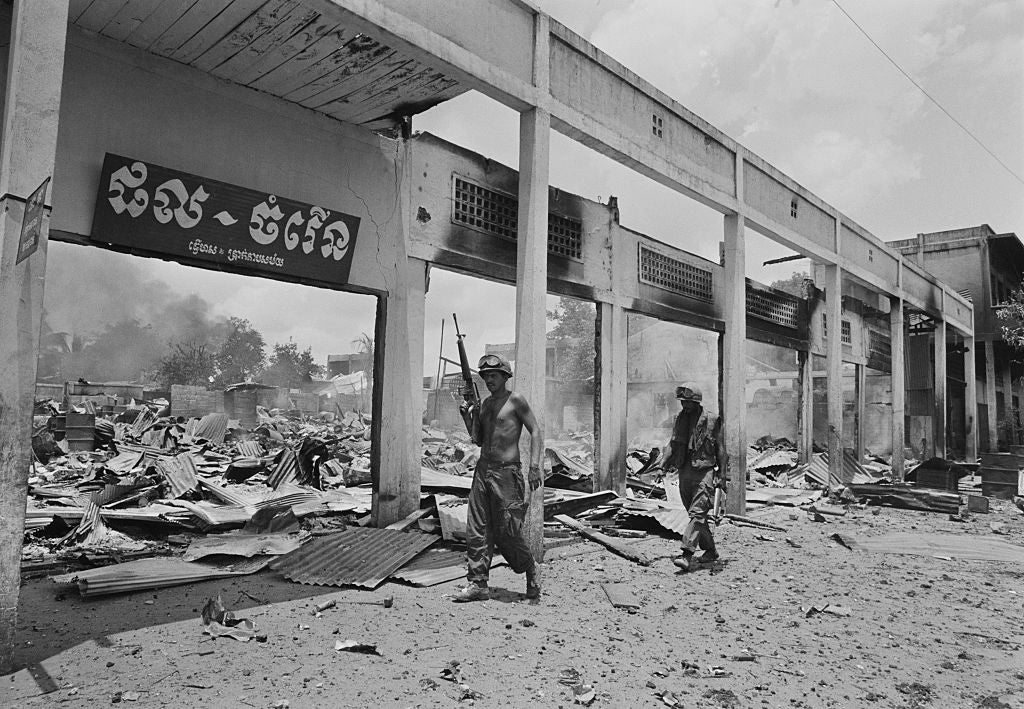
Kissinger embedded himself in covert operations, including his support of the US’s deadly bombing raids in Cambodia, known as “Operation Menu” in 1969, which were intended to ramp up pressure on North Vietnam.
Kissinger advocated for the continued bombing of Cambodia that lasted for three years, known as Operation Freedom Deal.
An estimated 150,000 to 500,000 innocent civilians were killed as a result and the policy arguably paved the way for the dictatorship of Pol Pot that would follow. It was kept a secret from the American public until 1972.
5. Kissinger dominates foreign policy, one handshake at a time
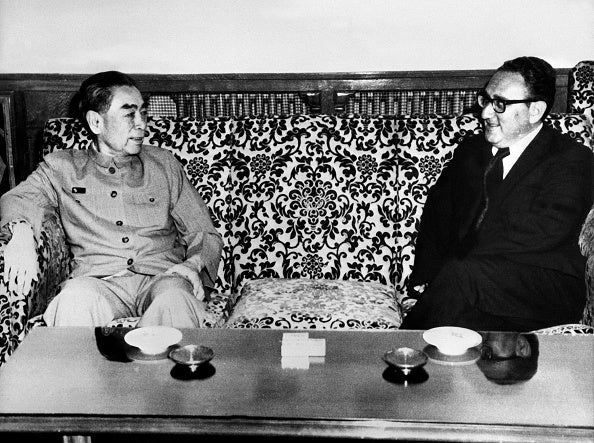
Though the Watergate scandal forced Nixon’s resignation in 1974, Kissinger remained secretary of state under Gerald Ford.
The duo continued to pursue a detente with the USSR and China and the period brought the Helsinki Accord of August 1975.
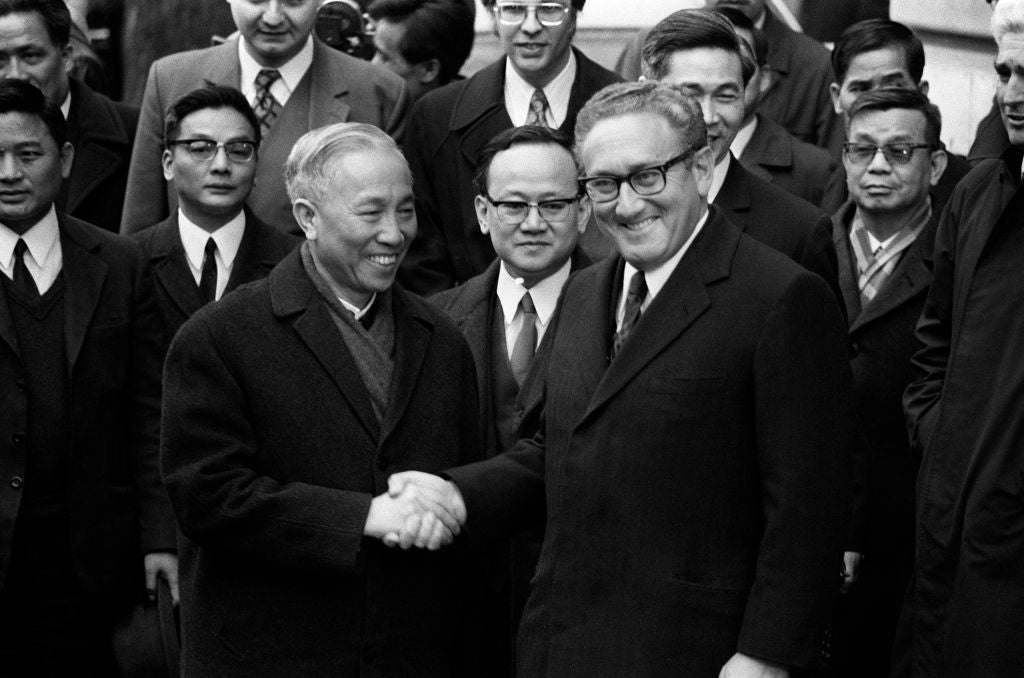
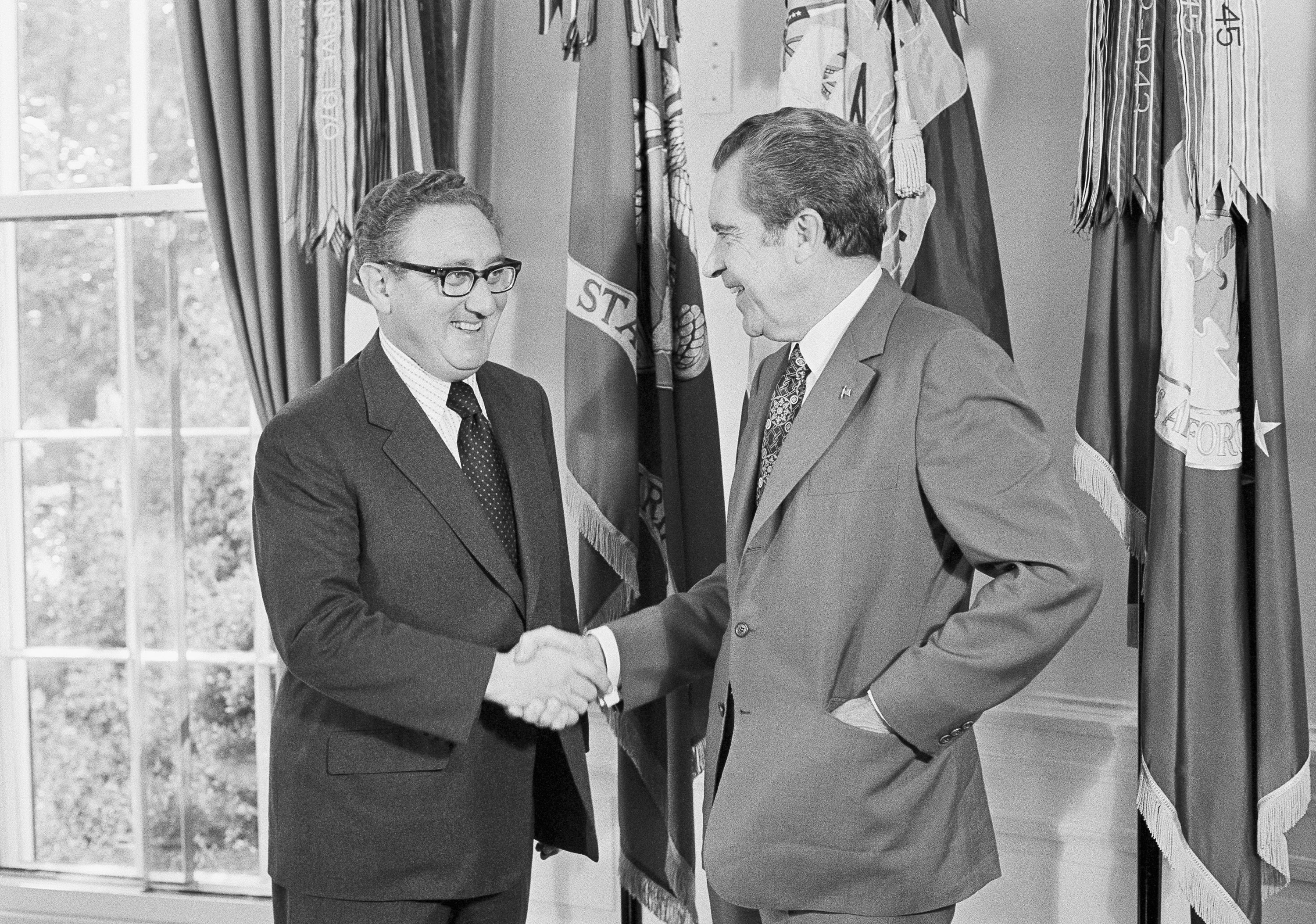
Kissinger’s secret negotiations with North Vietnamese politburo member Le Duc Tho resulted in a ceasefire agreement known as the Paris Peace Accords. After much bitter haggling, the agreement was finally accepted by a reluctant South Vietnam president Nguyen Van Thieu under pressure from Nixon.
In exchange for the release of prisoners of war in North Vietnam, America would slowly withdraw its forces, which earned Kissinger the Nobel Prize that year. He attempted to return the accolade following the Fall of Saigon in 1975.
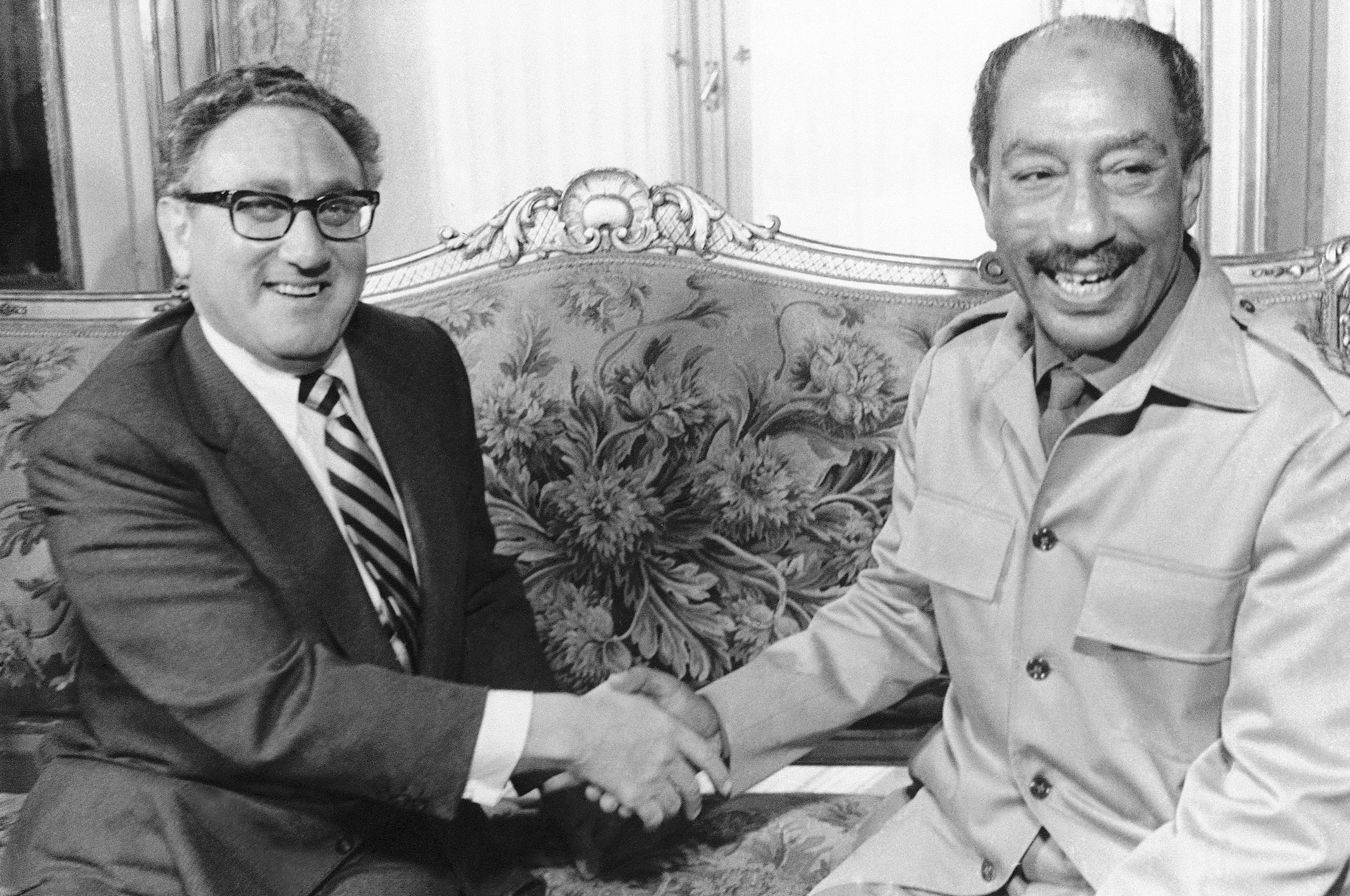
Also in 1973, Kissinger met with Egypt’s President Anwar Sadat at Tahira Palace in Cairo, Egypt, during their meeting on the Mideast crisis on 7 November 1973.
“We are moving toward peace,” Kissinger said after more than three hours of talks.
During the 1973 Arab-Israeli War (also known as the Yom Kippur War), Kissinger acted quickly to secure American aid to Israel, a pivotal intervention in the conflict but one that inspired the Organisation of Petroleum Exporting Countries (OPEC) to boycott trade with the US in retaliation, sparking an economic crisis at home.
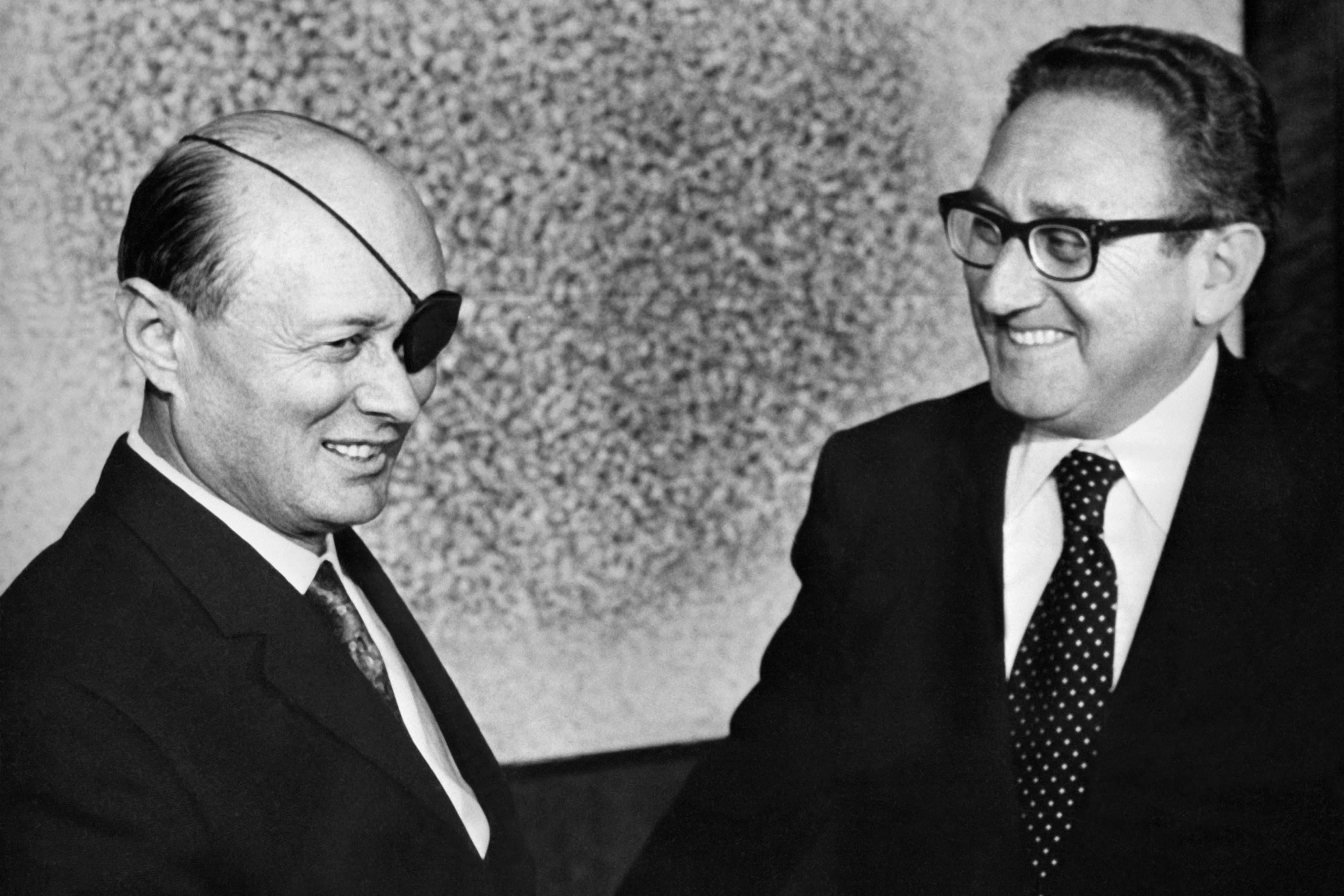
6. Kissinger remains pivotal part of global politics
Kissinger continued to make himself available to every succeeding president.
Under the Reagan administration, he was appointed to the head of a national commission on Central America in 1983 and served on the president’s Foreign Intelligence Advisory Board and the Commission on Integrated Long-Term Strategy.
During George W Bush’s presidency, Kissinger advised him on the aftermath of 9/11 and the Iraq War, supporting the 2003 invasion.
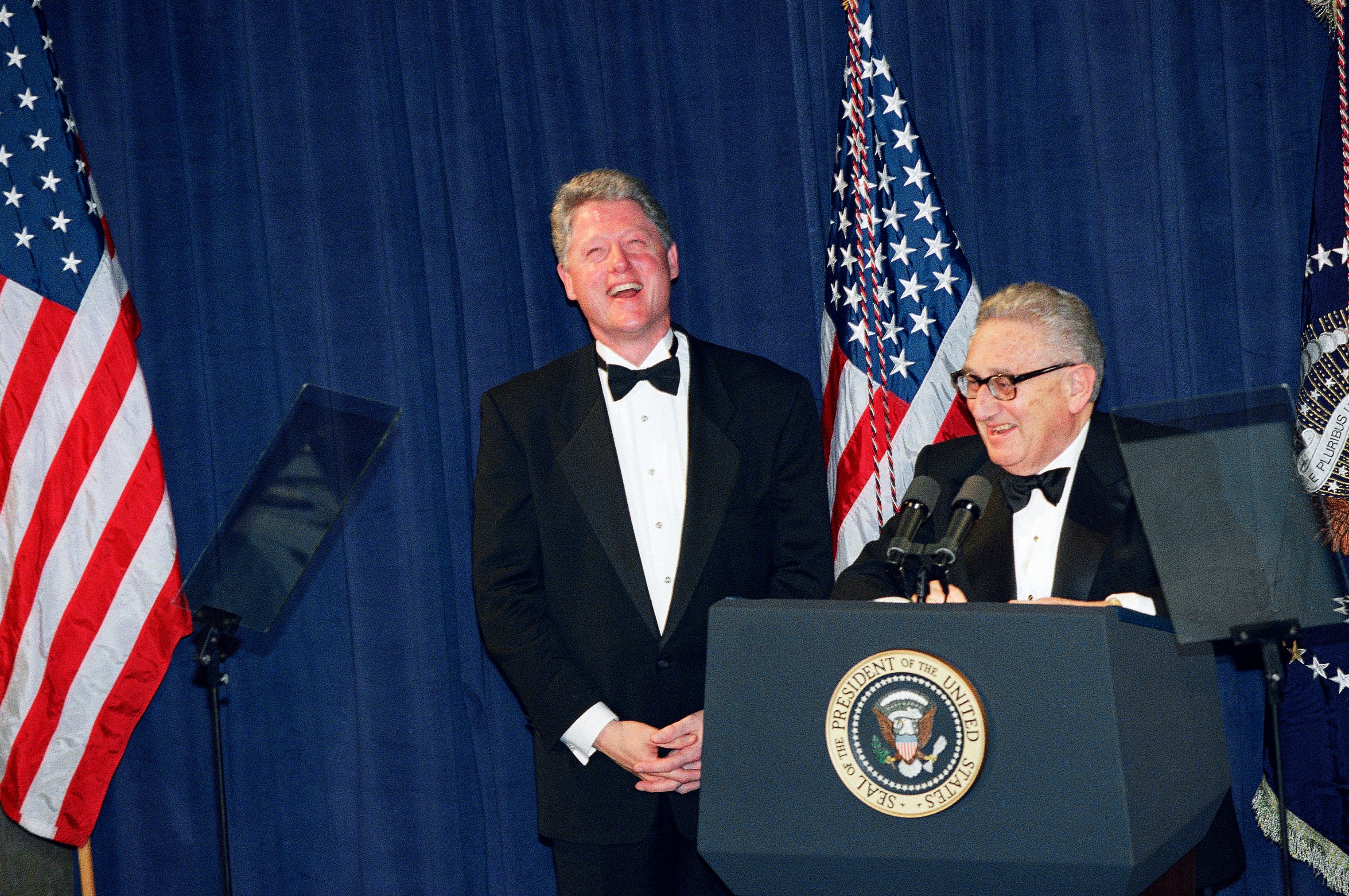
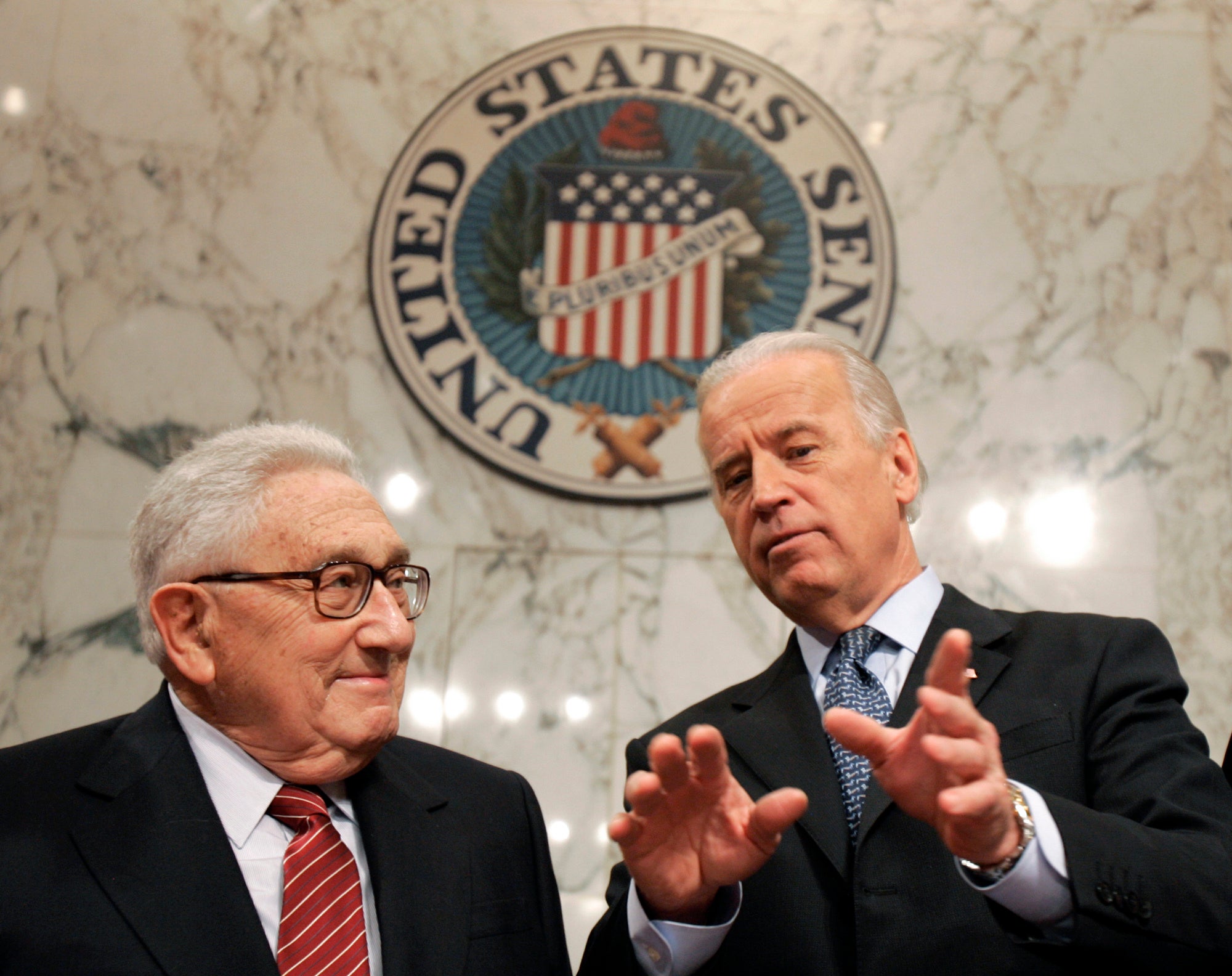
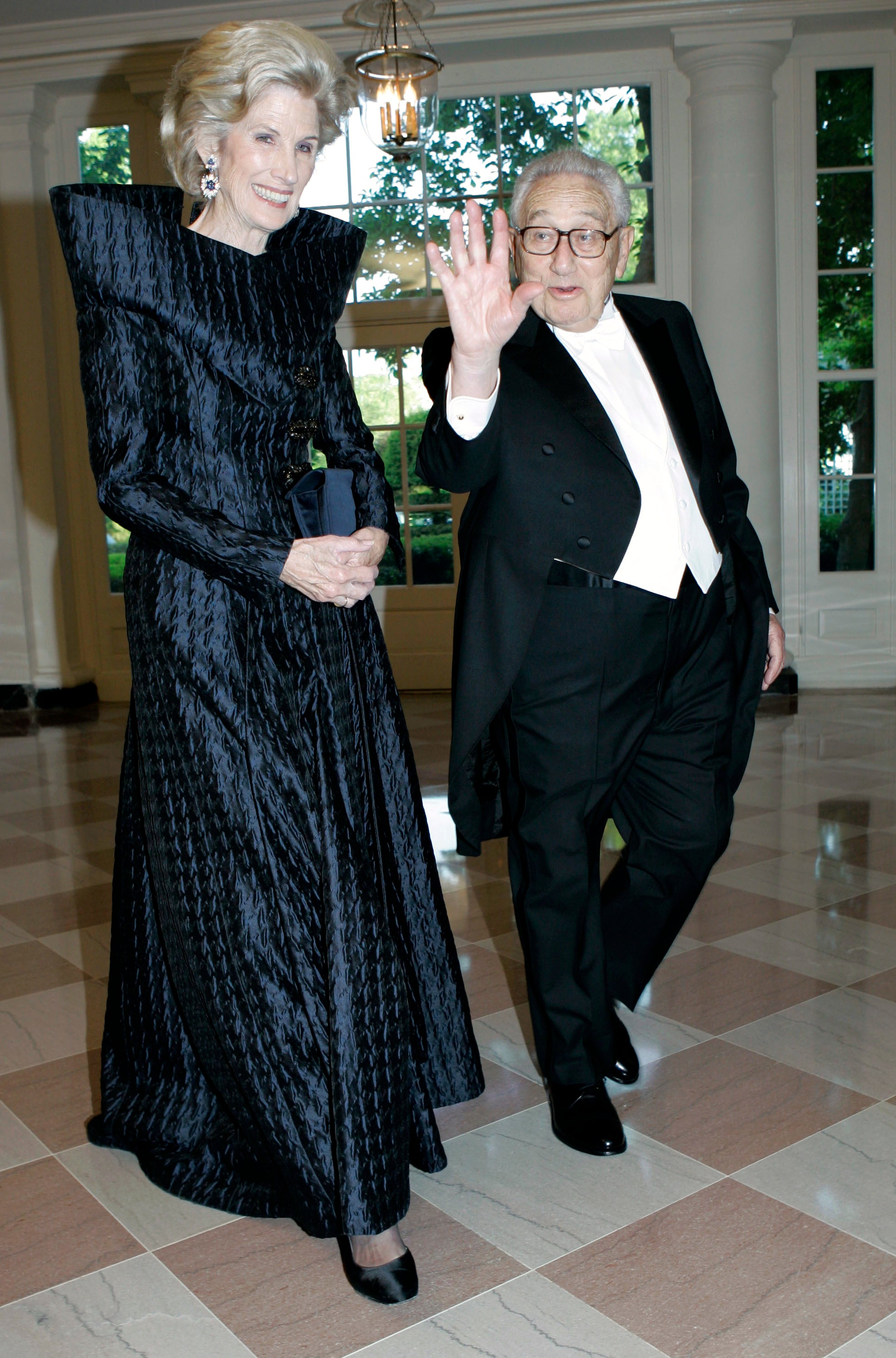
He also offered advice to Donald Trump and helped maintain a relationship between China and the Biden administration.

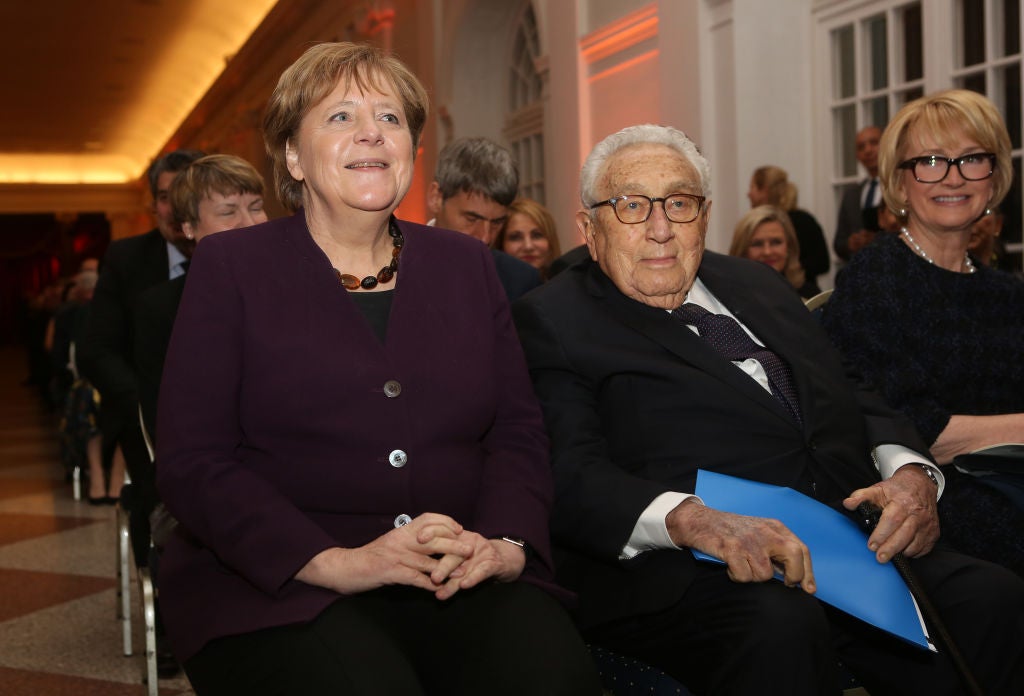
7. Kissinger’s last public appearances before death
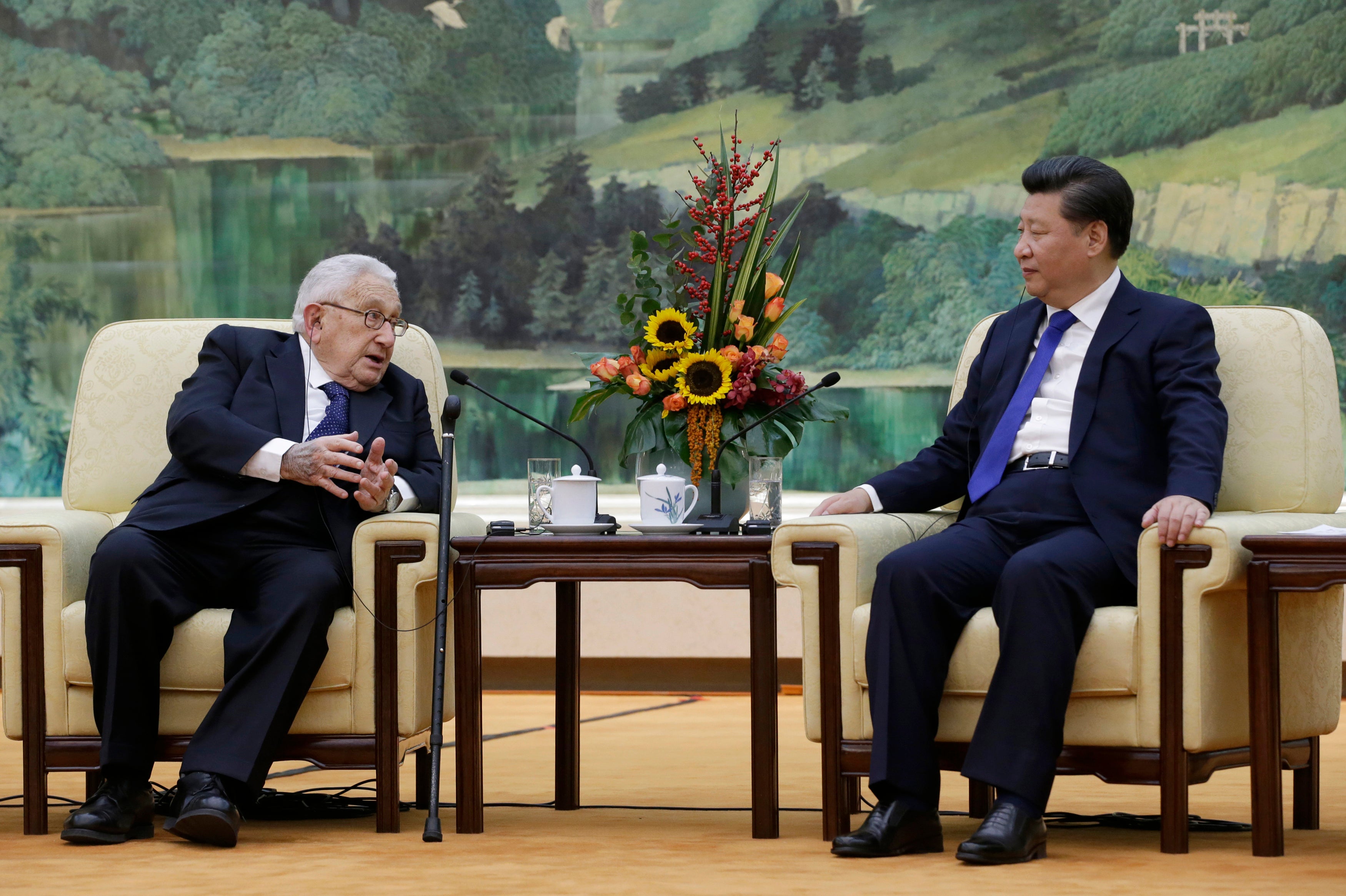
This summer, Kissinger met with China’s President Xi Jinping in Beijing. Kissinger called for the US and China to “coexist peacefully.”
Following news of Kissinger’s death on Wednesday, the Chinese president said that his country is “ready to work with the United States to carry on the cause of friendship between the Chinese and American people.”
“Dr Kissinger will always be remembered and missed by the Chinese people,” Jinping said in a message to President Biden, according to PBS.
In his last interview before his death, Kissinger warned that values of “compromise and understanding” are in great jeopardy in the West.
Join our commenting forum
Join thought-provoking conversations, follow other Independent readers and see their replies
Comments
Bookmark popover
Removed from bookmarks